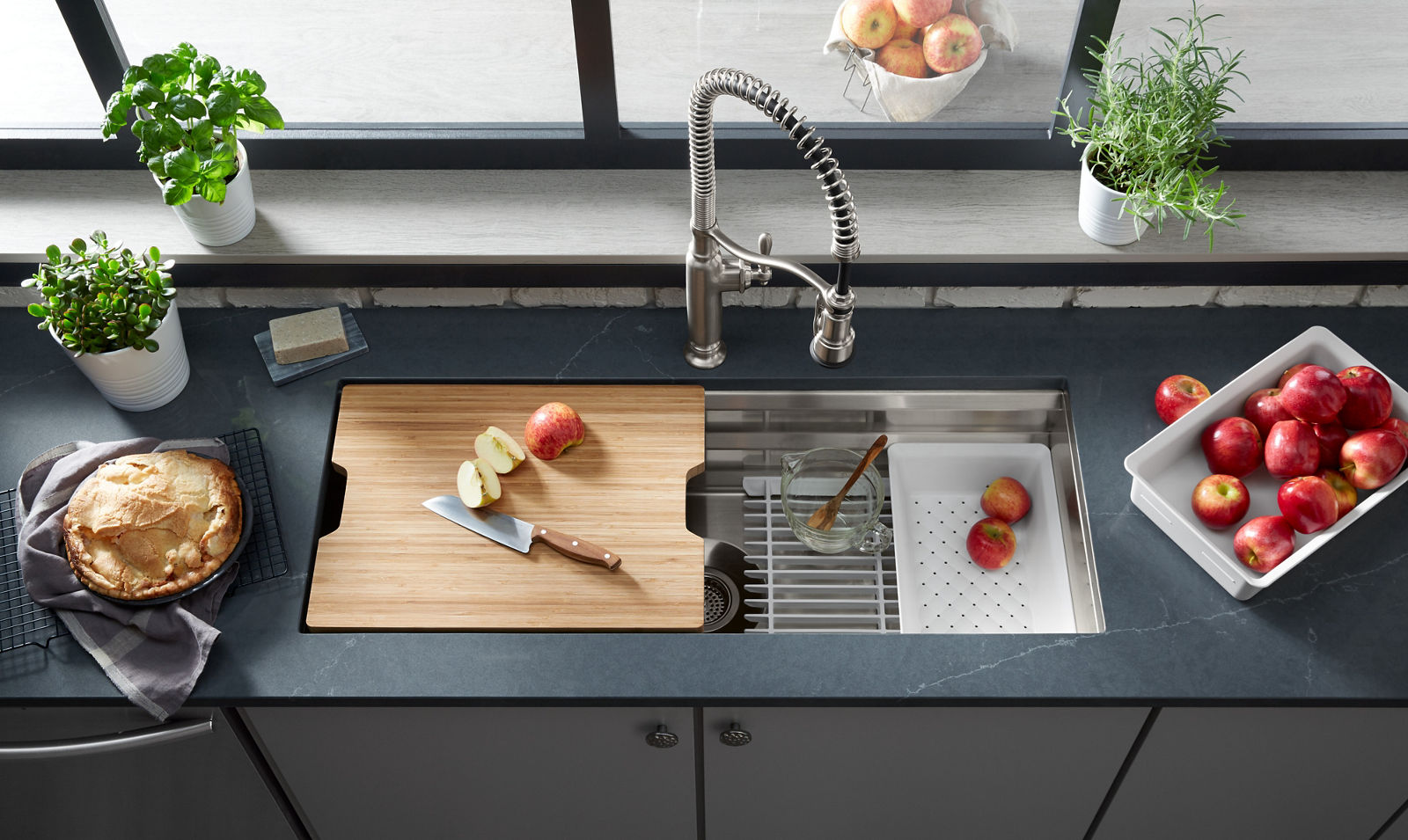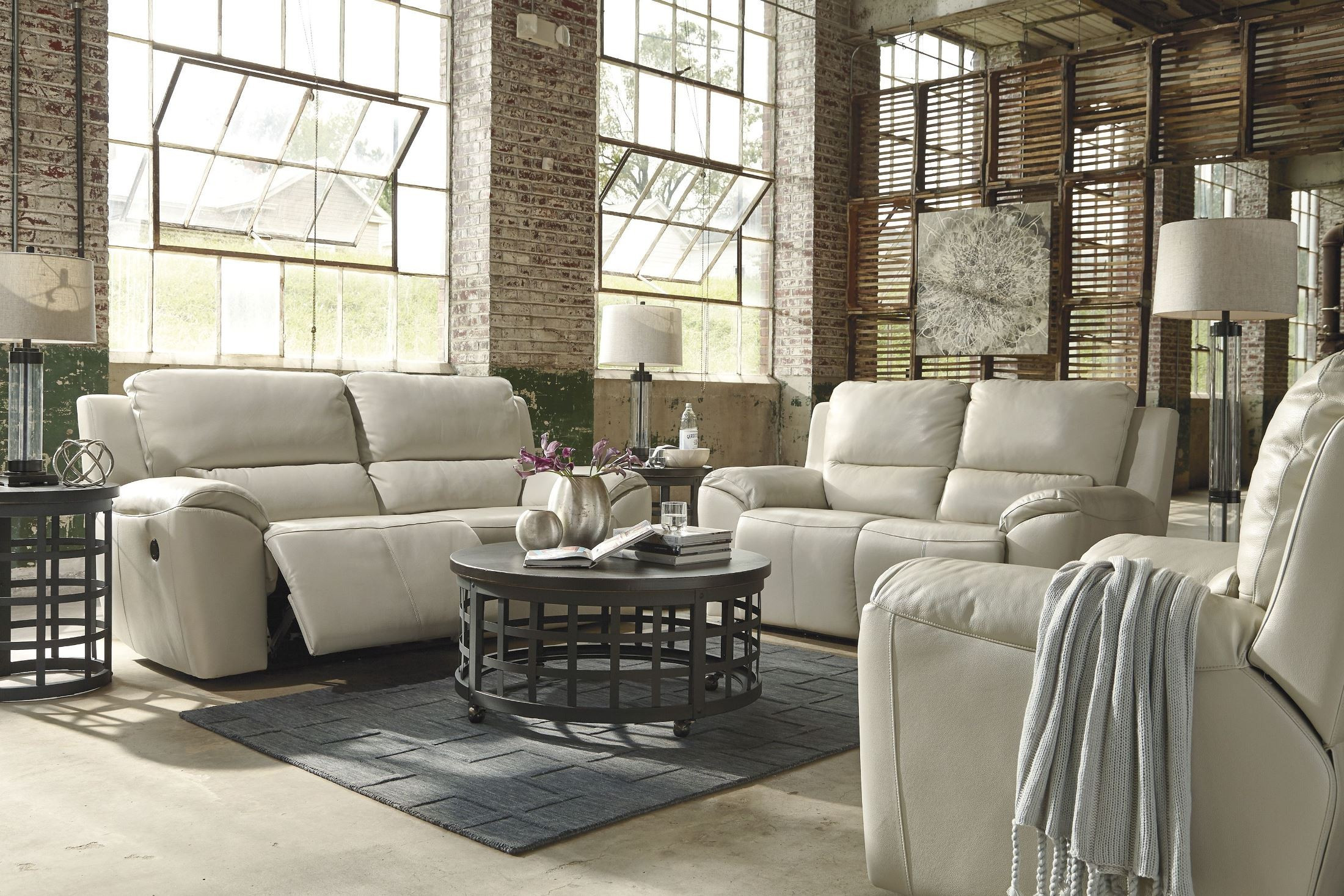When it comes to choosing a color palette for your living room, neutral colors are always a safe and classic option. Shades of white, beige, and gray create a calming and versatile space that can easily be spruced up with different accent pieces. A neutral color scheme allows you to easily switch up the style of your living room without having to repaint the walls. Plus, it provides a clean and timeless look that never goes out of style.Neutral color palette for living room
For a cozy and inviting feel, consider using a warm color scheme for your living room. Shades of red, orange, and yellow can add a sense of warmth and energy to the space. These colors also have the ability to make a room feel smaller and more intimate. To balance out the warmth, incorporate cool neutral tones into the room, such as gray or blue, to create a well-rounded color palette.Warm color scheme for living room
If you prefer a more calming and serene atmosphere for your living room, cool tones are the way to go. Shades of blue, green, and purple can create a sense of tranquility and relaxation in your space. These colors are also known to make a room feel larger and more airy. To add some warmth to the cool tones, incorporate natural elements such as wood or plants into the room.Cool tones for living room color palette
For a color palette inspired by nature, consider using earth tones in your living room. Shades of brown, taupe, and green can create a warm and inviting space that is also visually appealing. These colors work well together and create a cohesive look. Add pops of color with accent pieces such as throw pillows or wall art to add some personality to the room.Earth tones living room color scheme
For a modern and sophisticated look, consider using a monochromatic color palette in your living room. This involves using different shades of the same color to create a cohesive and visually interesting space. For example, you can use different shades of blue in your furniture, walls, and decor to create a calming and elegant atmosphere.Monochromatic living room color palette
If you want to make a statement with your living room, consider using a bold and bright color scheme. This involves using vibrant and eye-catching colors such as red, purple, or yellow. However, it's important to balance out these bold colors with neutral tones to avoid overwhelming the space. Use the bright colors in smaller doses, such as through accent pieces or a feature wall, to create a fun and energetic atmosphere.Bold and bright living room color scheme
For a color scheme that is soft and charming, consider using pastel colors in your living room. Shades of pink, lavender, and mint can create a light and airy space that is perfect for relaxation. These colors also work well together and can easily be mixed and matched. Add some texture to the room with different fabrics, such as velvet or linen, in these pastel shades.Pastel color palette for living room
To bring a beachy and relaxed vibe to your living room, consider using a coastal color scheme. Shades of blue, white, and beige can create a calming and coastal atmosphere that is perfect for a beach house or a summer retreat. Incorporate natural elements such as driftwood, seashells, or woven materials to enhance the coastal theme in your living room.Coastal living room color scheme
For a color palette that is eclectic and full of personality, consider using a bohemian style in your living room. This involves incorporating vibrant and bold colors such as red, orange, and purple, with patterns and textures inspired by different cultures. The key to a successful bohemian color scheme is to have a balance between the different colors and patterns to create a cohesive and visually interesting space.Bohemian living room color palette
If you prefer a more minimalistic approach to your living room, consider using a simple and clean color scheme. Shades of white, gray, and black can create a sleek and modern atmosphere that is also visually appealing. To add some warmth and texture, incorporate natural materials such as wood or leather into the room. The key to a successful minimalist color scheme is to keep it simple and clutter-free.Minimalist living room color scheme
The Importance of Choosing the Right Color Palette for Your Living Room
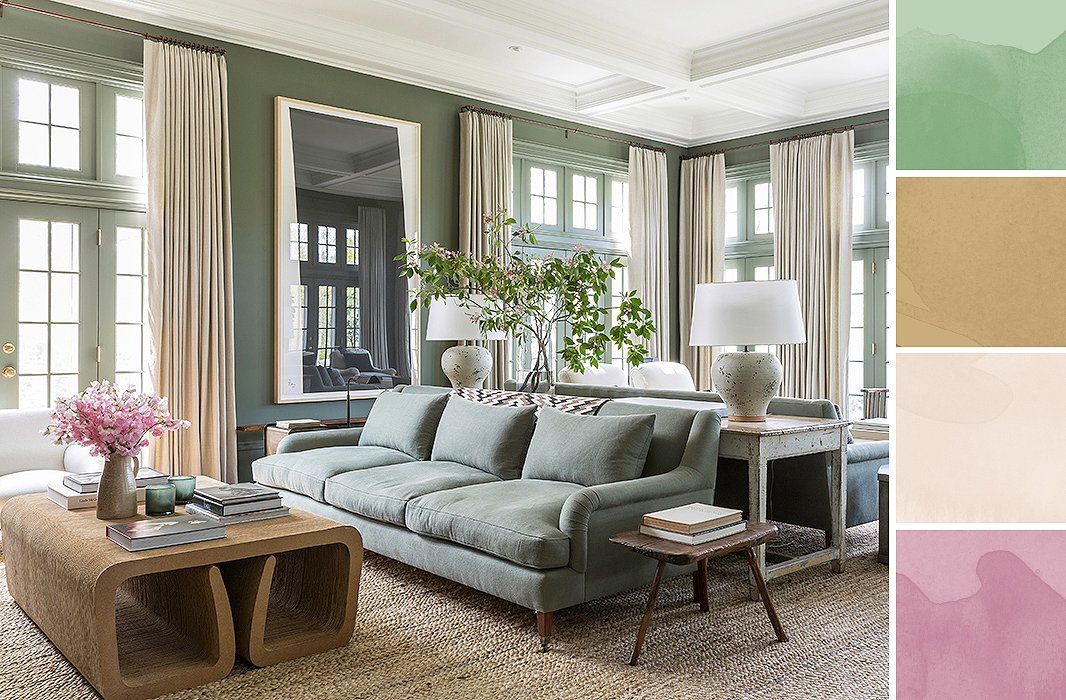
Creating a Welcoming and Harmonious Space
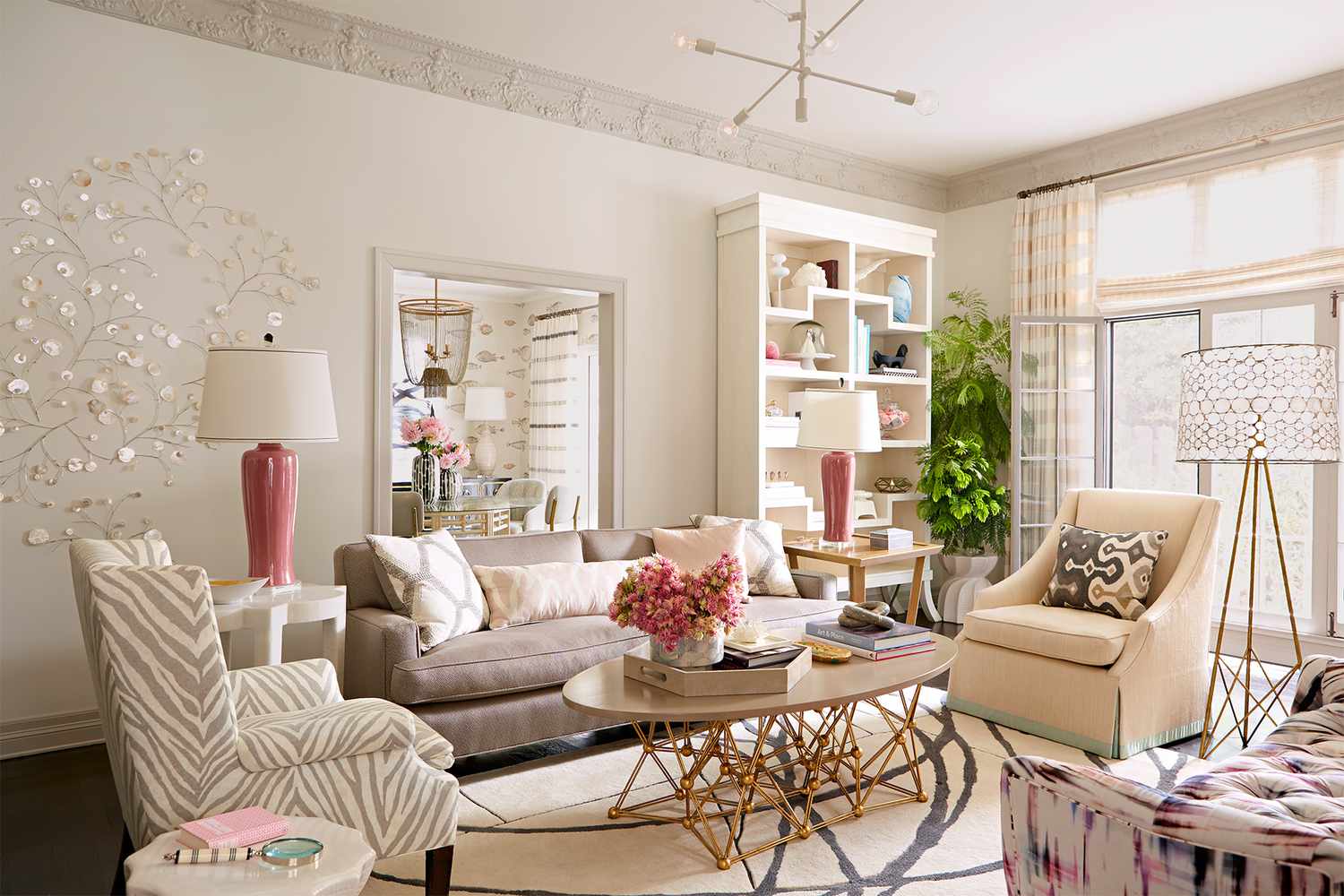
When designing your living room, one of the most important decisions you will make is choosing the right color palette. The colors you choose will set the tone for the entire space and greatly influence the overall feel and atmosphere of the room. A well-chosen color palette can create a welcoming and harmonious environment, while a poorly chosen one can leave the room feeling disjointed and uninviting. That's why it's crucial to carefully consider your color choices and create a cohesive color scheme that reflects your style and personality.
Setting the Mood

Each color has its own unique psychological effect on our mood and emotions. Cool colors such as blue and green can create a calming and peaceful atmosphere, perfect for a relaxing living room. Warm colors like red and orange can create a cozy and energetic feel, making them ideal for a more social and lively space. Neutral colors, like beige and gray, can provide a timeless and versatile base for any style of living room.
Complementing Your Design Elements
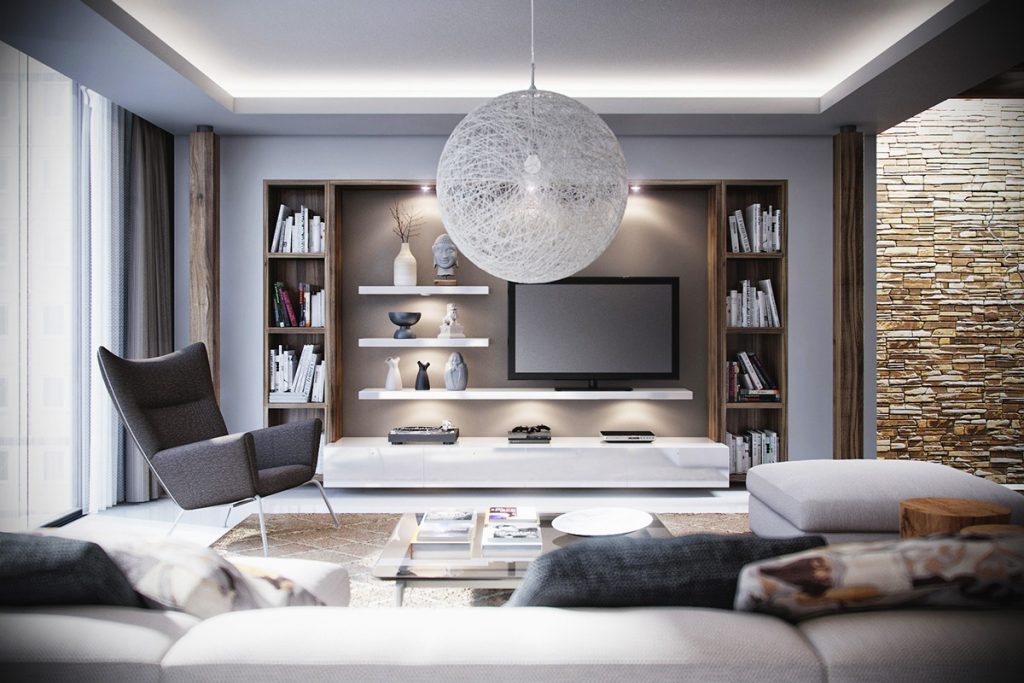
Another important factor to consider when choosing a color palette for your living room is how it will complement your existing design elements. Take into account your furniture, flooring, and accent pieces when selecting your colors. For example, if you have a bold and colorful rug, you may want to choose more neutral wall colors to avoid overwhelming the space. On the other hand, if your furniture and decor are more understated, you can use your wall color to add a pop of color and interest to the room.
Creating Balance and Flow

The key to a successful color palette for your living room is creating balance and flow. Choose a dominant color to serve as the main hue, and then select one or two complementary colors to use as accents. This will create a cohesive and harmonious look, while still adding visual interest to the room. Also, consider the placement of your colors and how they will flow from one area of the room to the next. For example, if your living room is open to your dining room, make sure the colors in both spaces work well together.
In conclusion, choosing the right color palette for your living room is essential to creating a welcoming, harmonious, and visually appealing space. Consider the psychological effects of colors, how they will complement your design elements, and how to create balance and flow within the room. By following these tips, you can create a stunning living room that reflects your personal style and creates a warm and inviting atmosphere for you and your guests.



/Neutrallivingroom-GettyImages-568518365-5a6260a87d4be80036ac6b0c.jpg)
:max_bytes(150000):strip_icc()/MyDomaine_ColorPalette-Neutral-1-fe9a91dcf8814904a630a0d928216bcd.jpg)



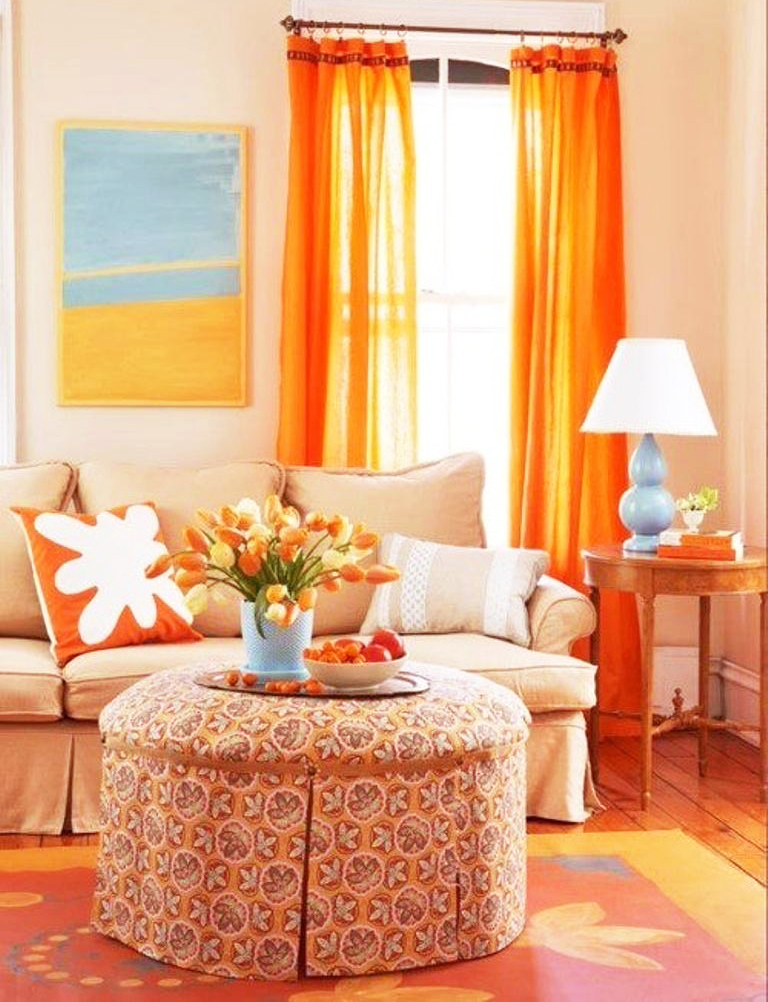
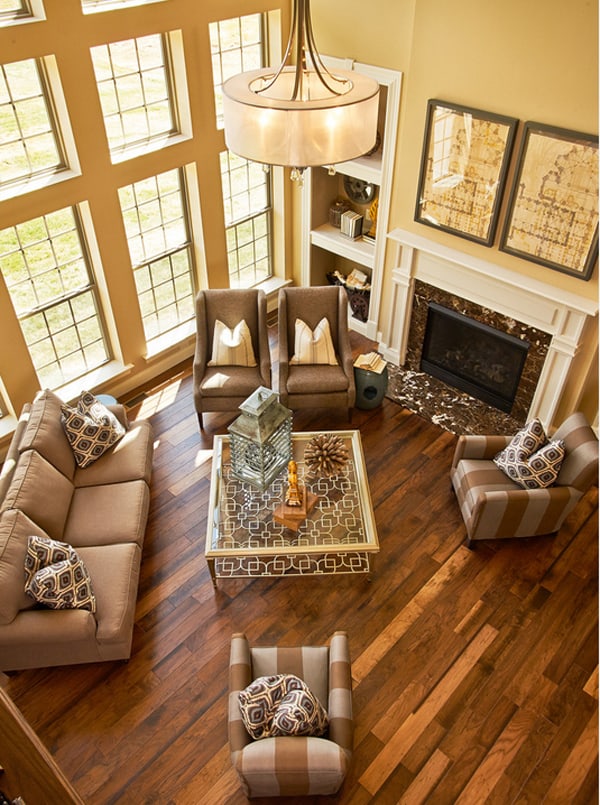
/Homedecorwarmcolors-GettyImages-640896866-596fcc88af5d3a00110c5931.jpg)

/169789002-58a723d63df78c345b930ec6.jpg)




/the-stylish-boho-compostion-at-living-room-interior-with-design-gray-sofa--wooden-coffee-table--commode-and-elegant-personal-accessories--honey-yellow-pillow-and-plaid--cozy-apartment--home-decor-1166439205-c478809c80f54cbd87668c7901a308ae.jpg)
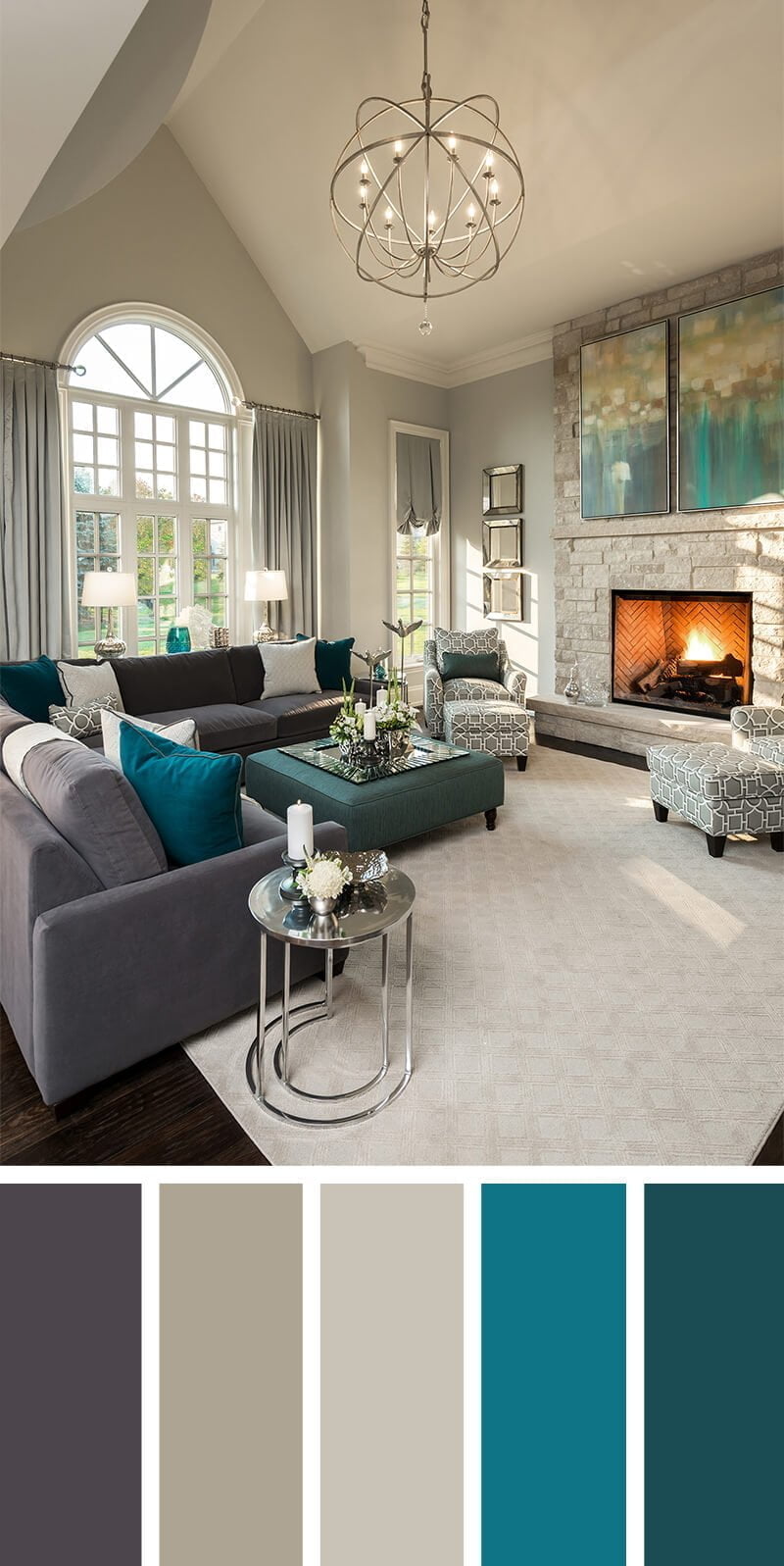
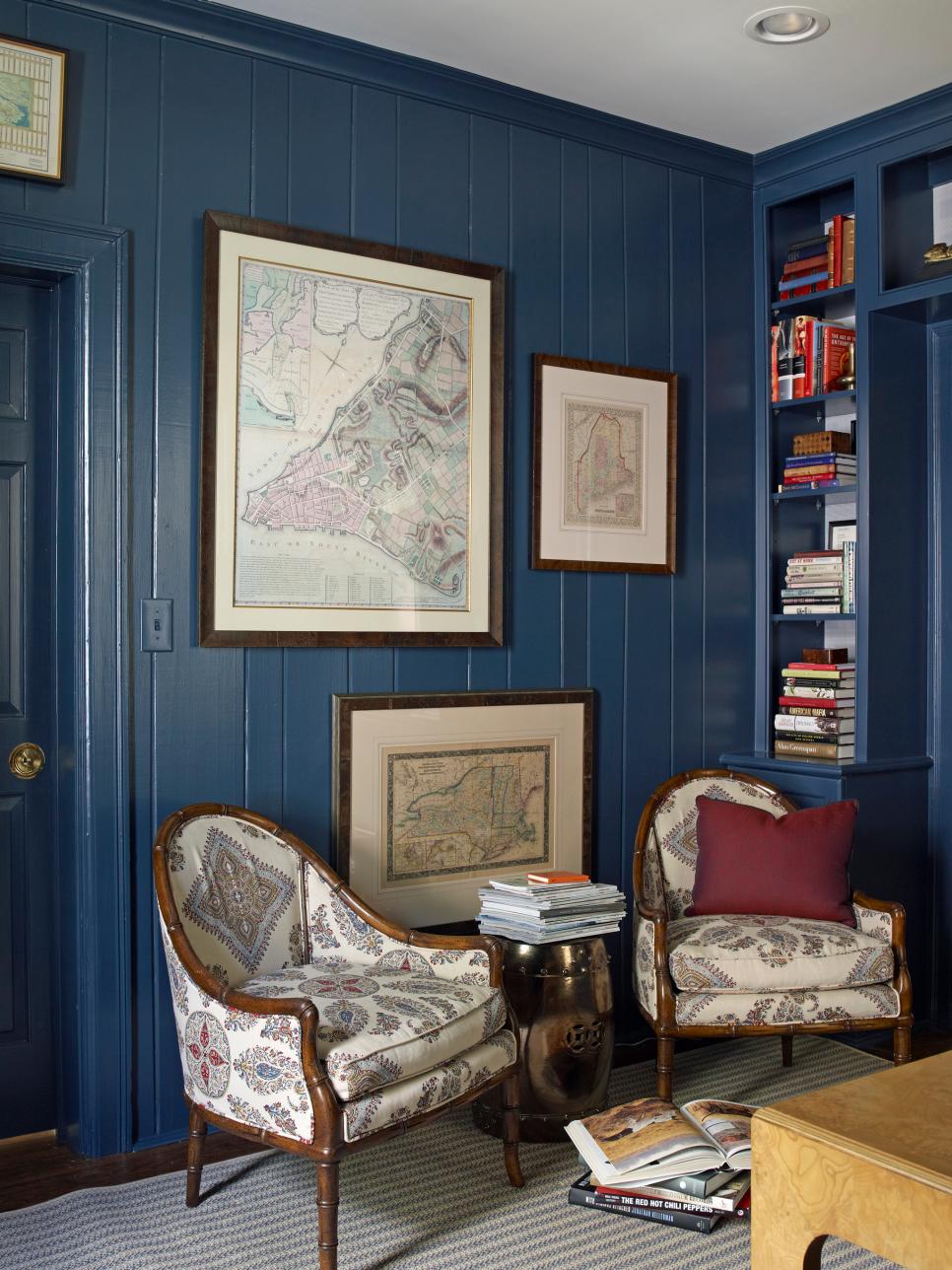
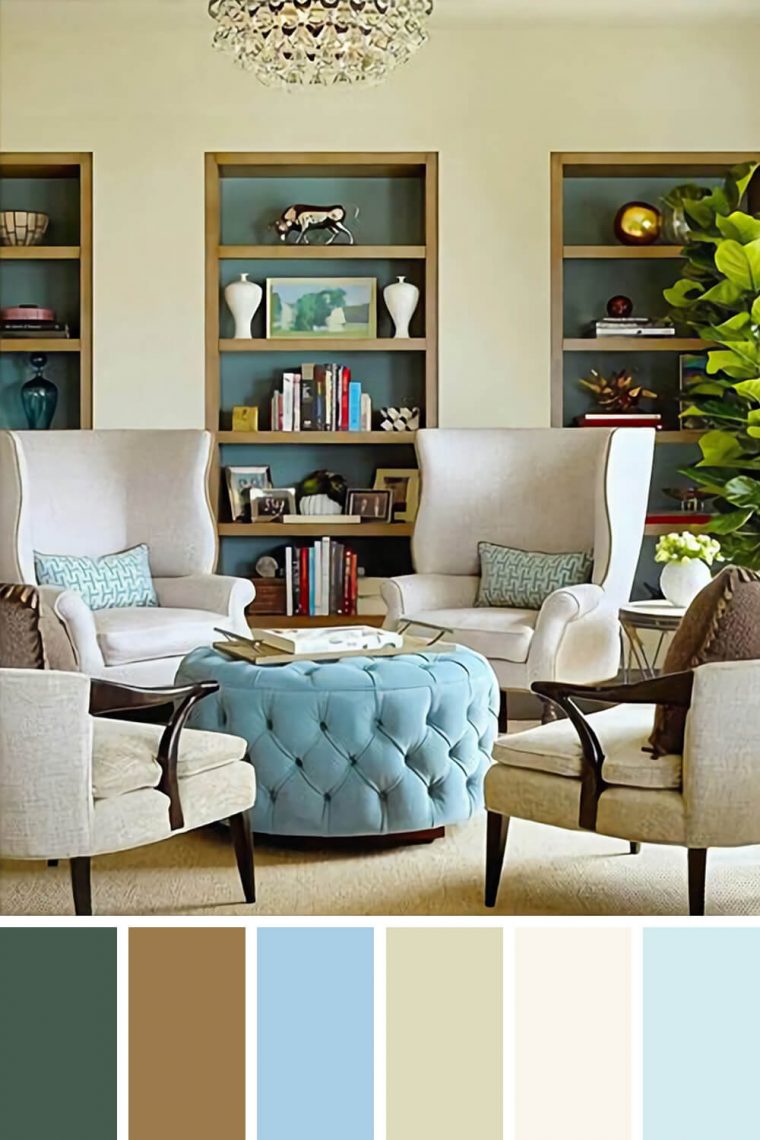




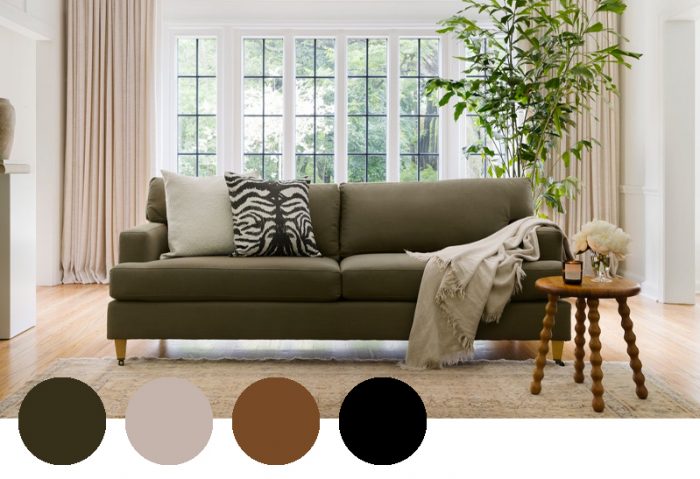


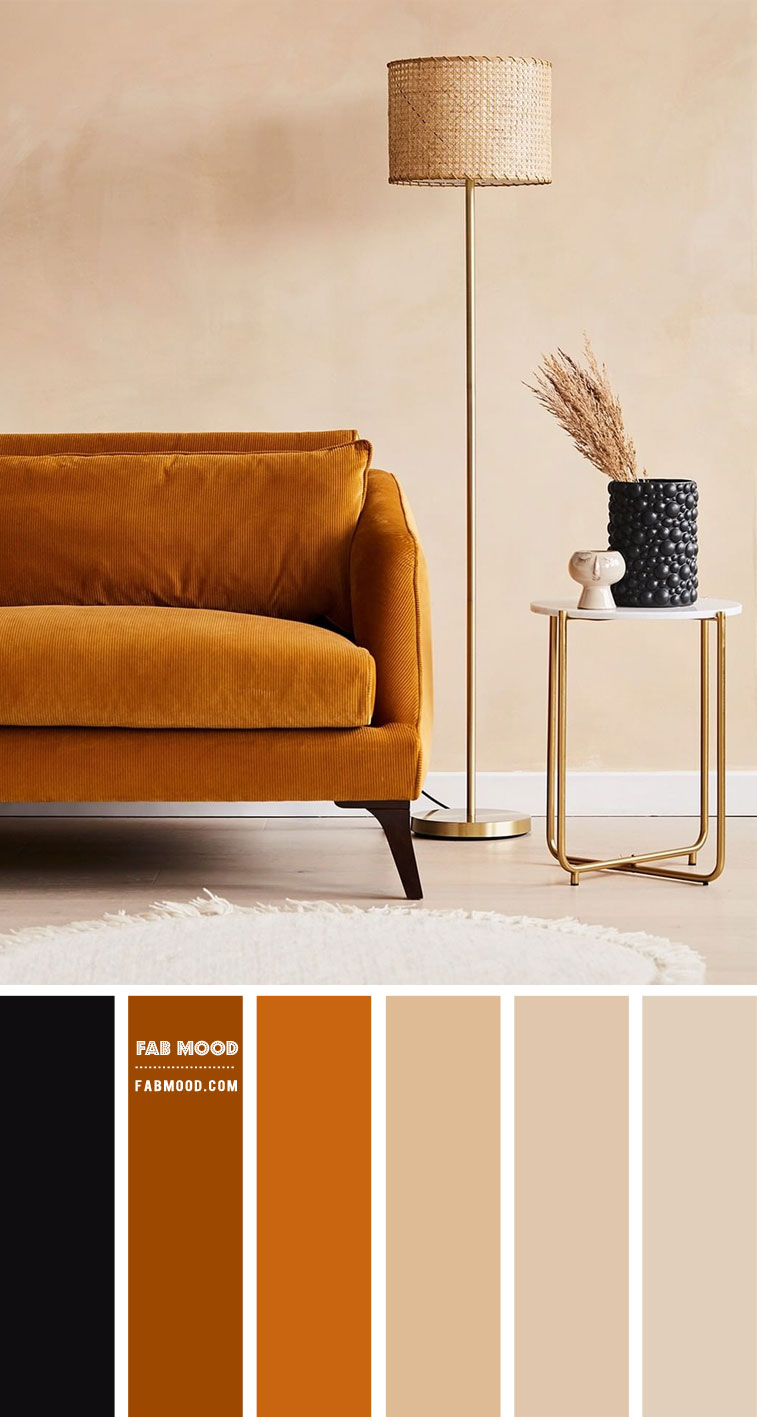




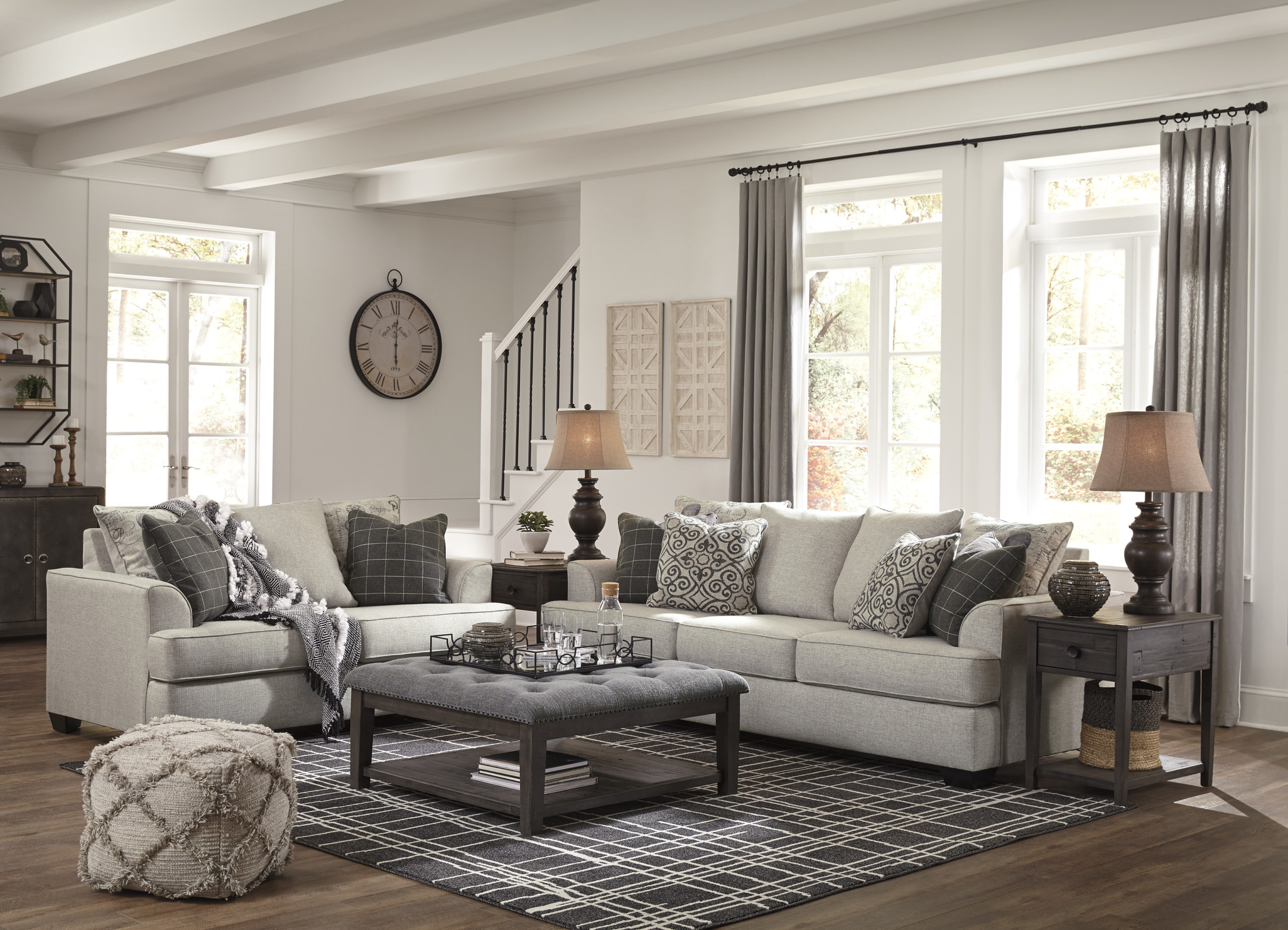

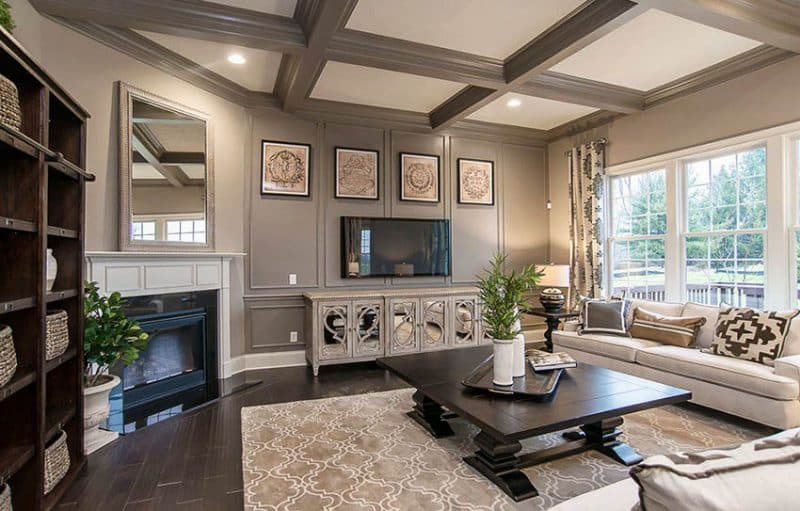









:max_bytes(150000):strip_icc()/Litchfield_BeresfordHill_025-5b89787fc9e77c00258aa53c.jpg)






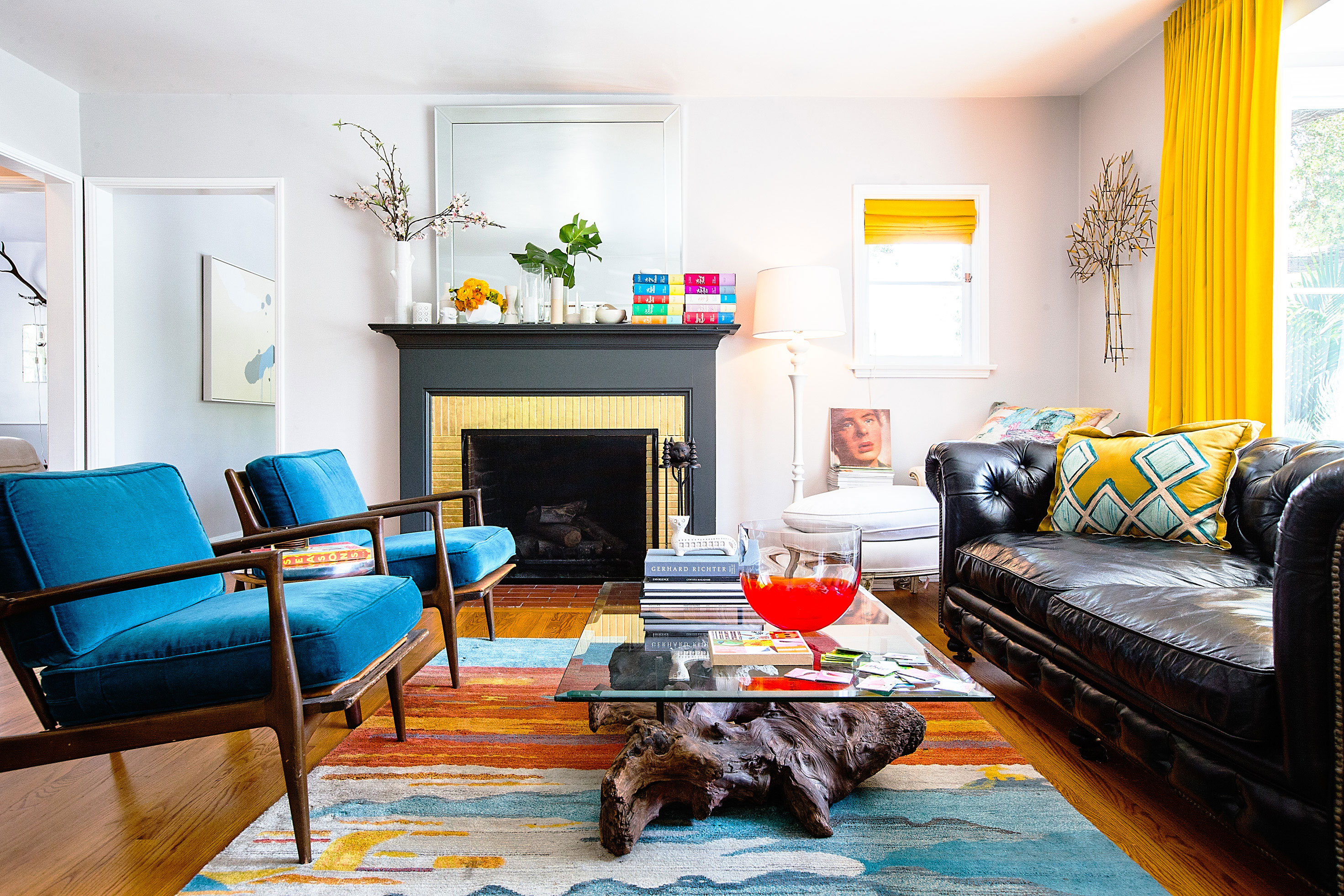
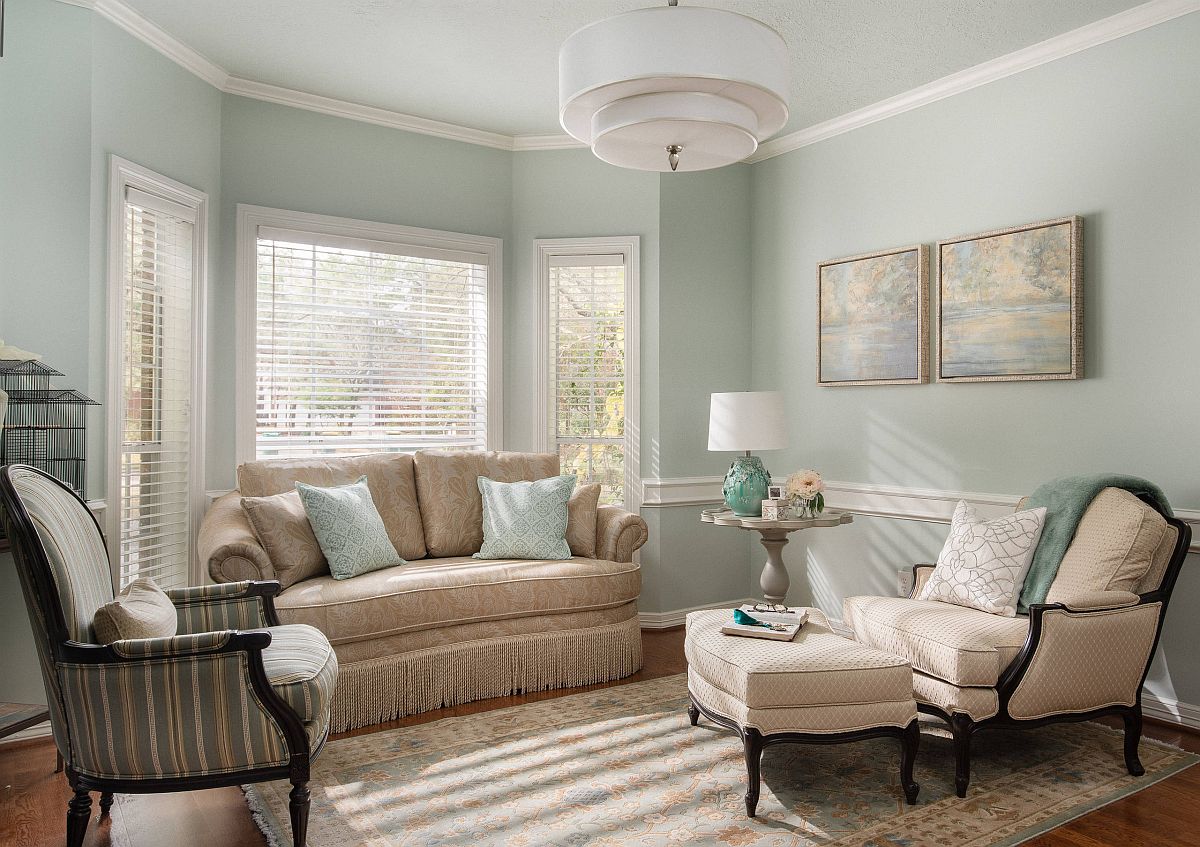


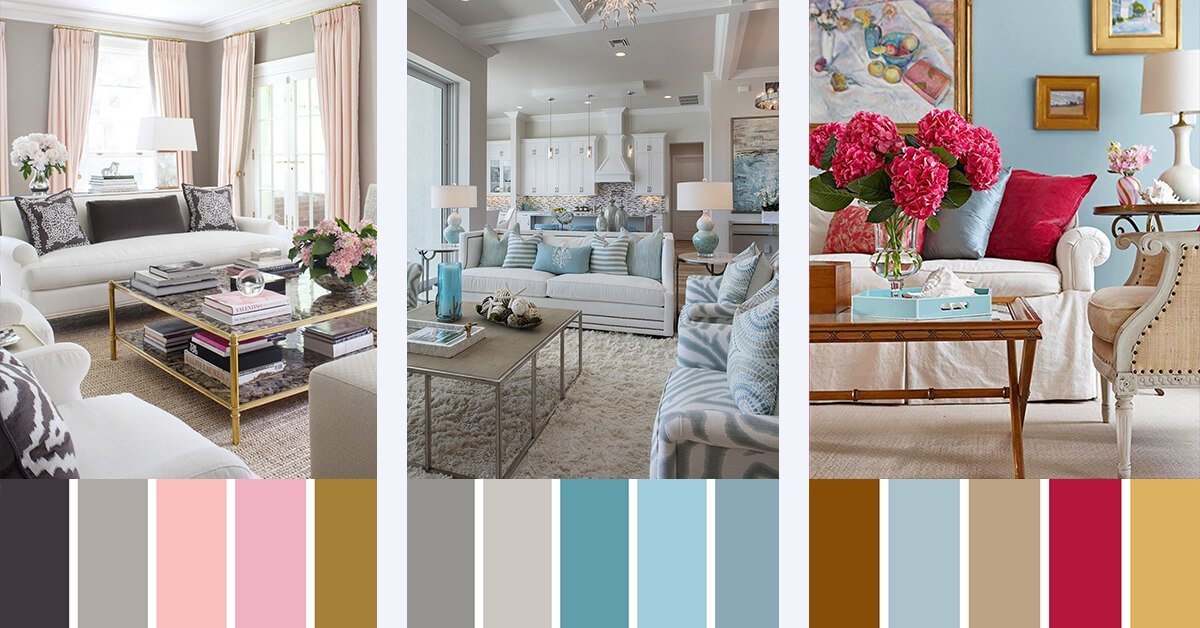



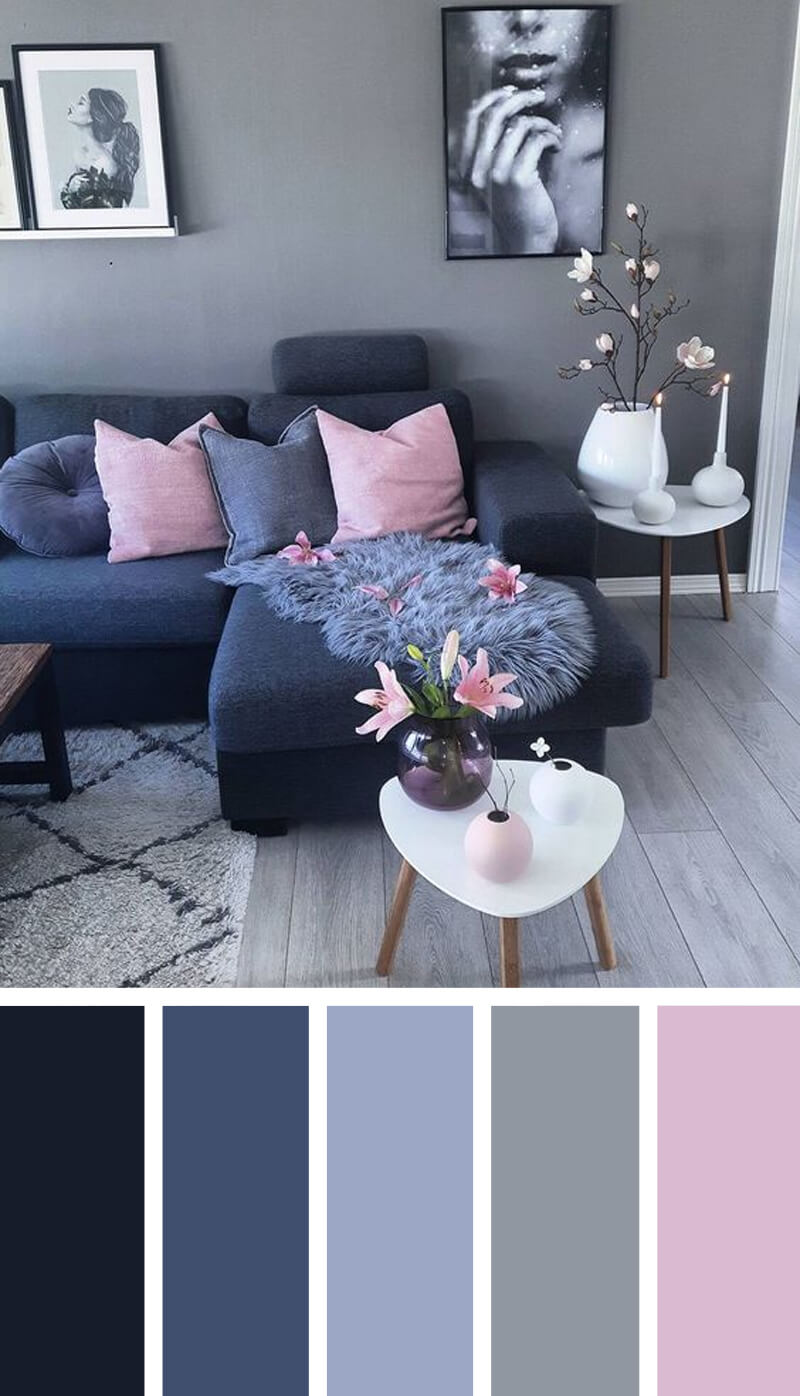


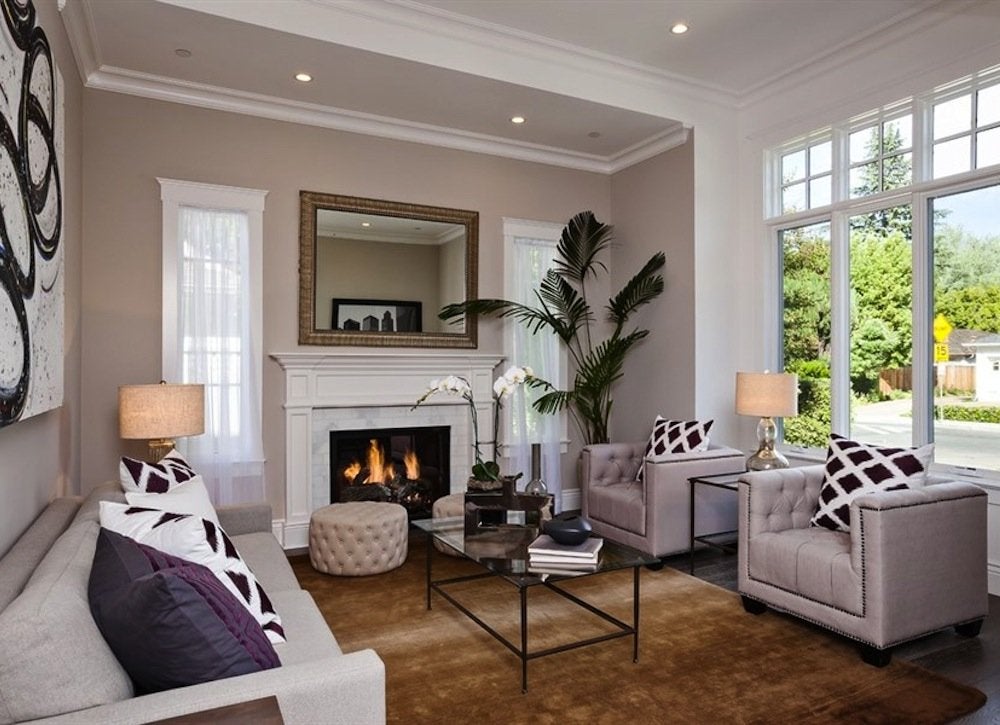
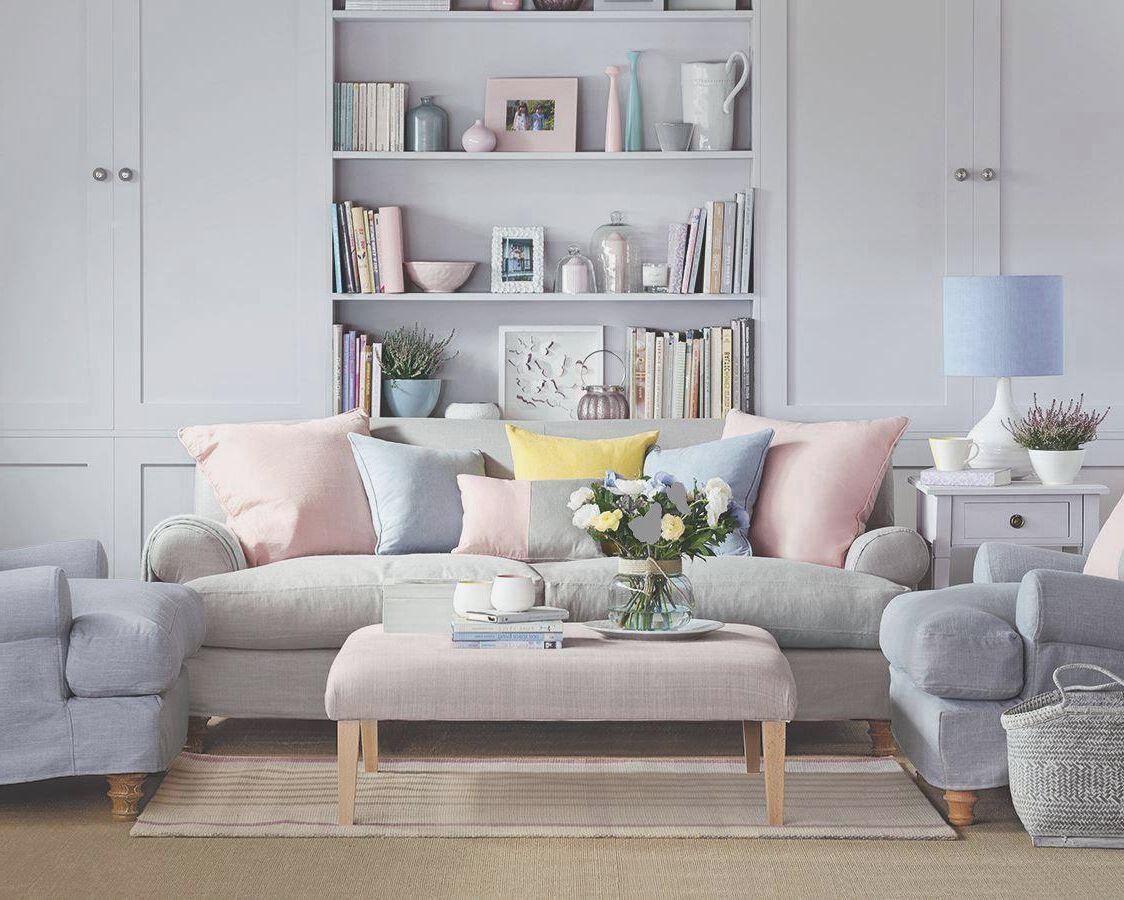







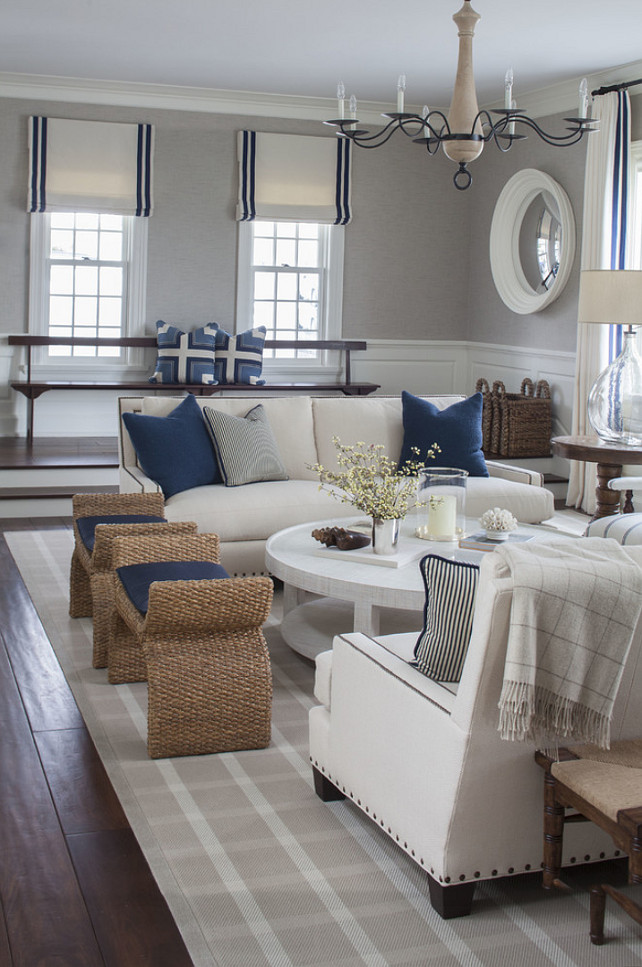
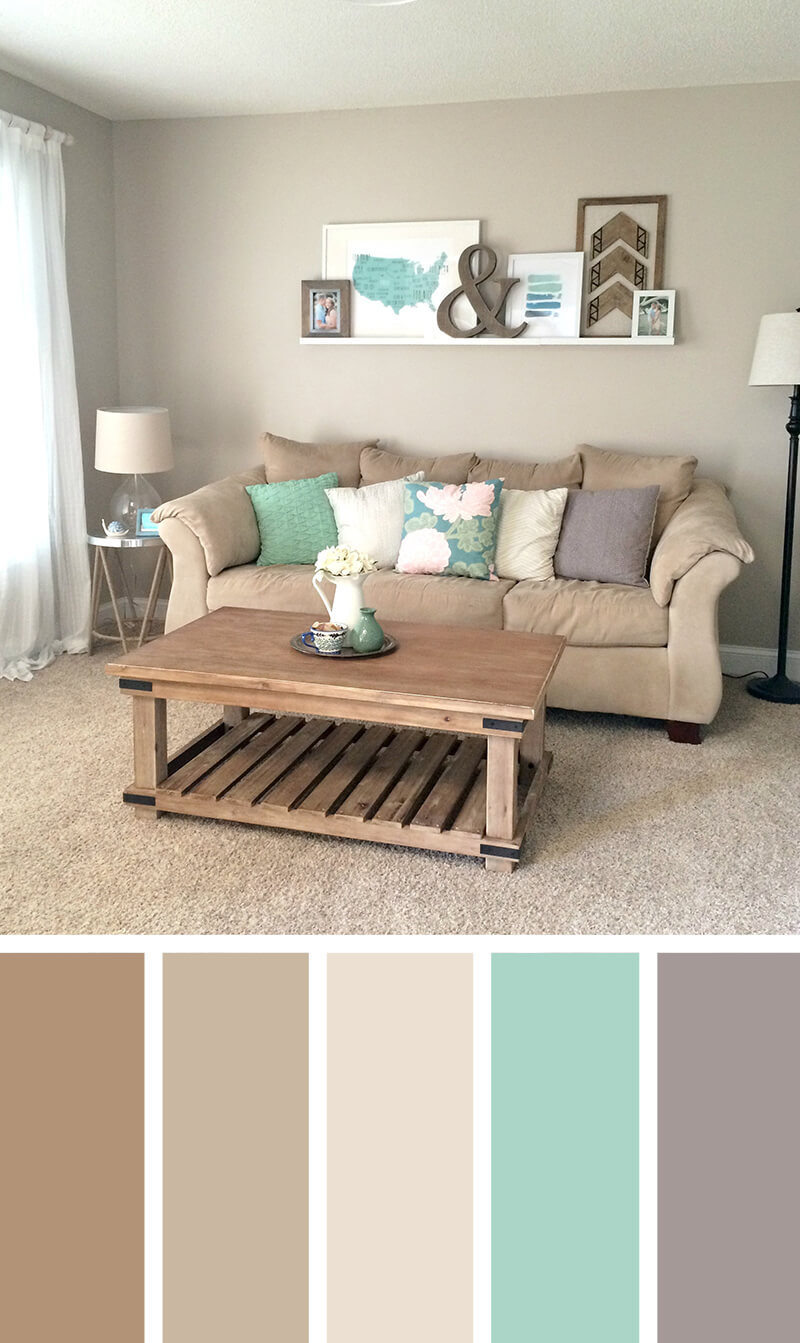


:max_bytes(150000):strip_icc()/Divaroom-5ad4ff7feb97de00371a098a.jpg)








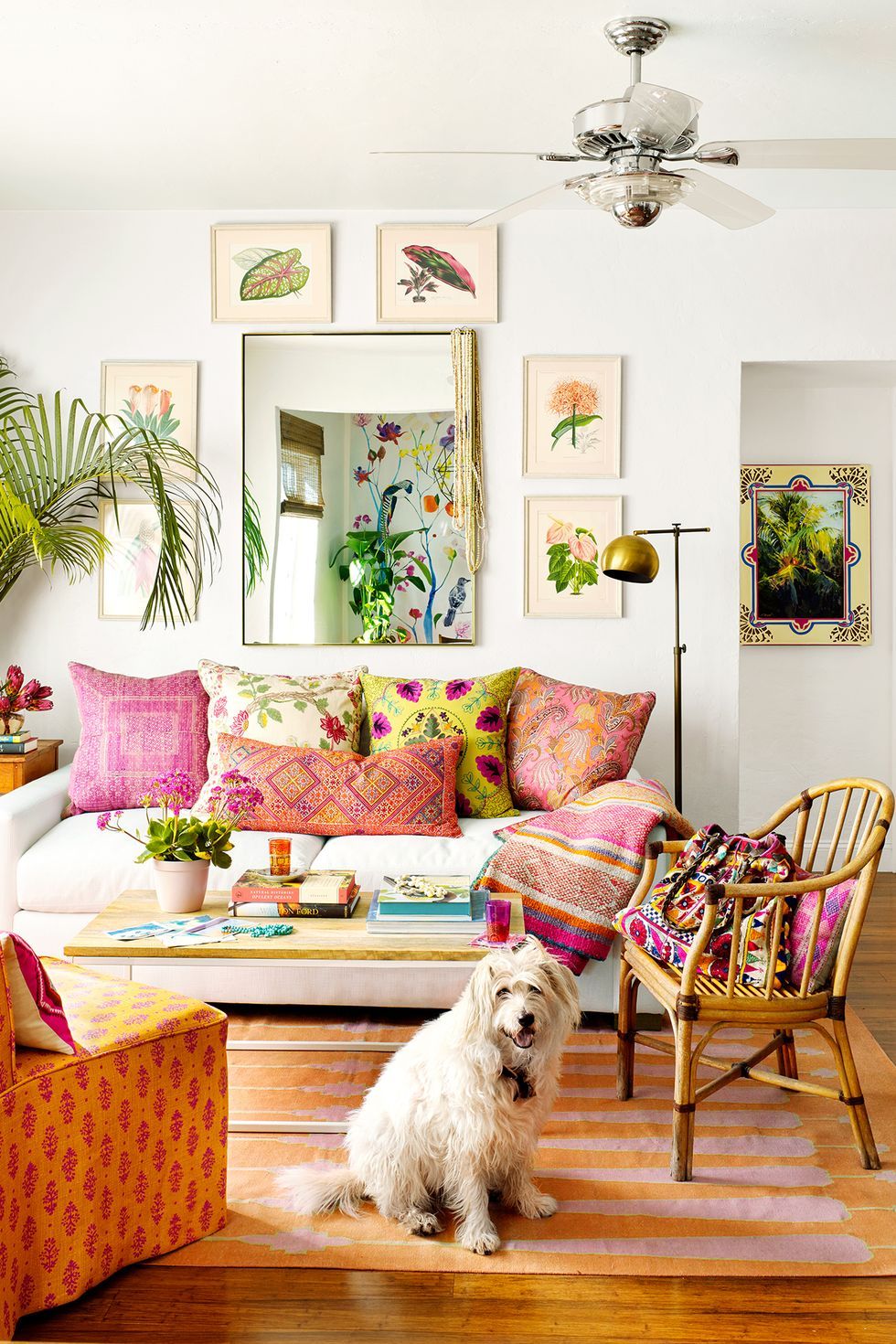
:max_bytes(150000):strip_icc()/ScreenShot2021-03-31at10.01.23AM-cac45bb0e5874da7a554dedb4c25fdf7.png)
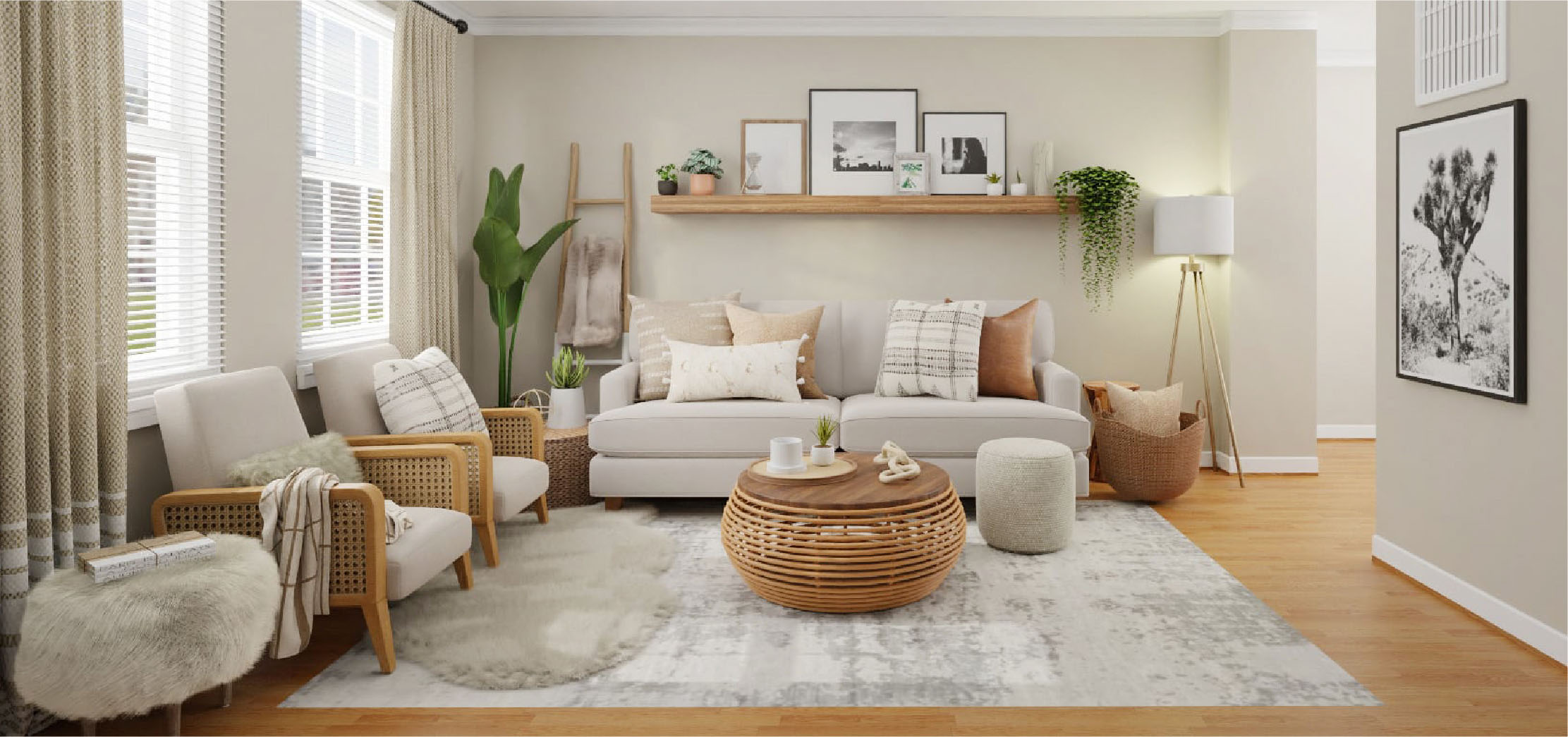
:max_bytes(150000):strip_icc()/IMG-22-7728e106e0ba4994aa636eee4dfaaaa0.jpg)
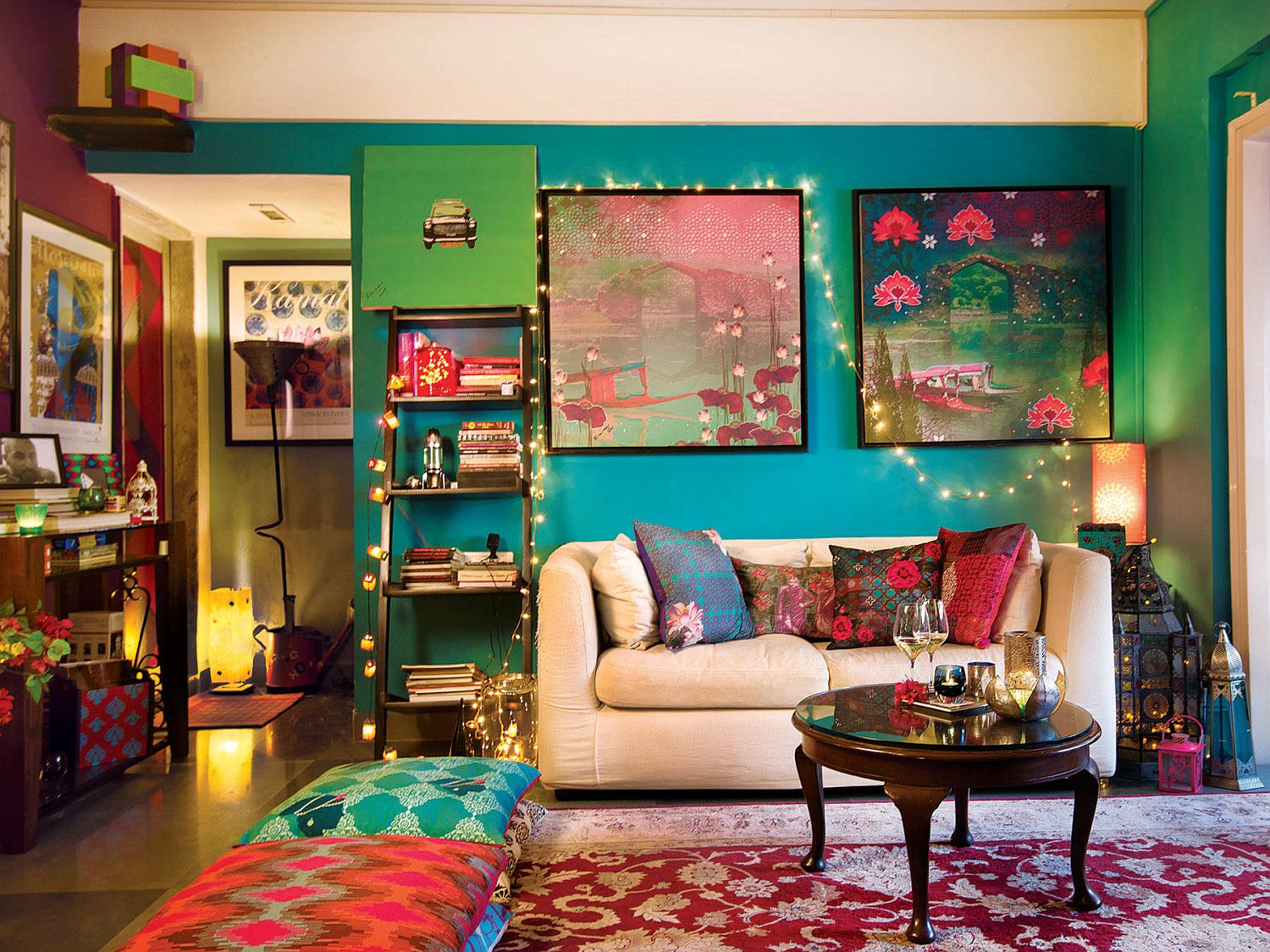
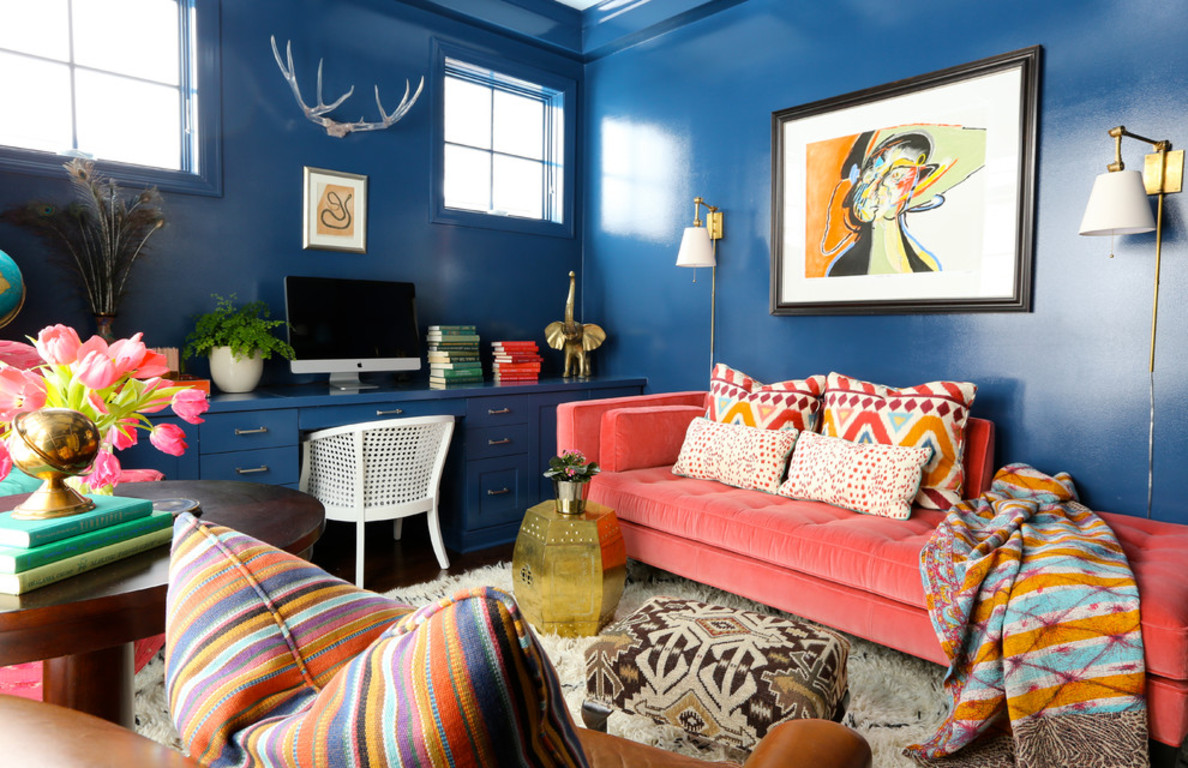


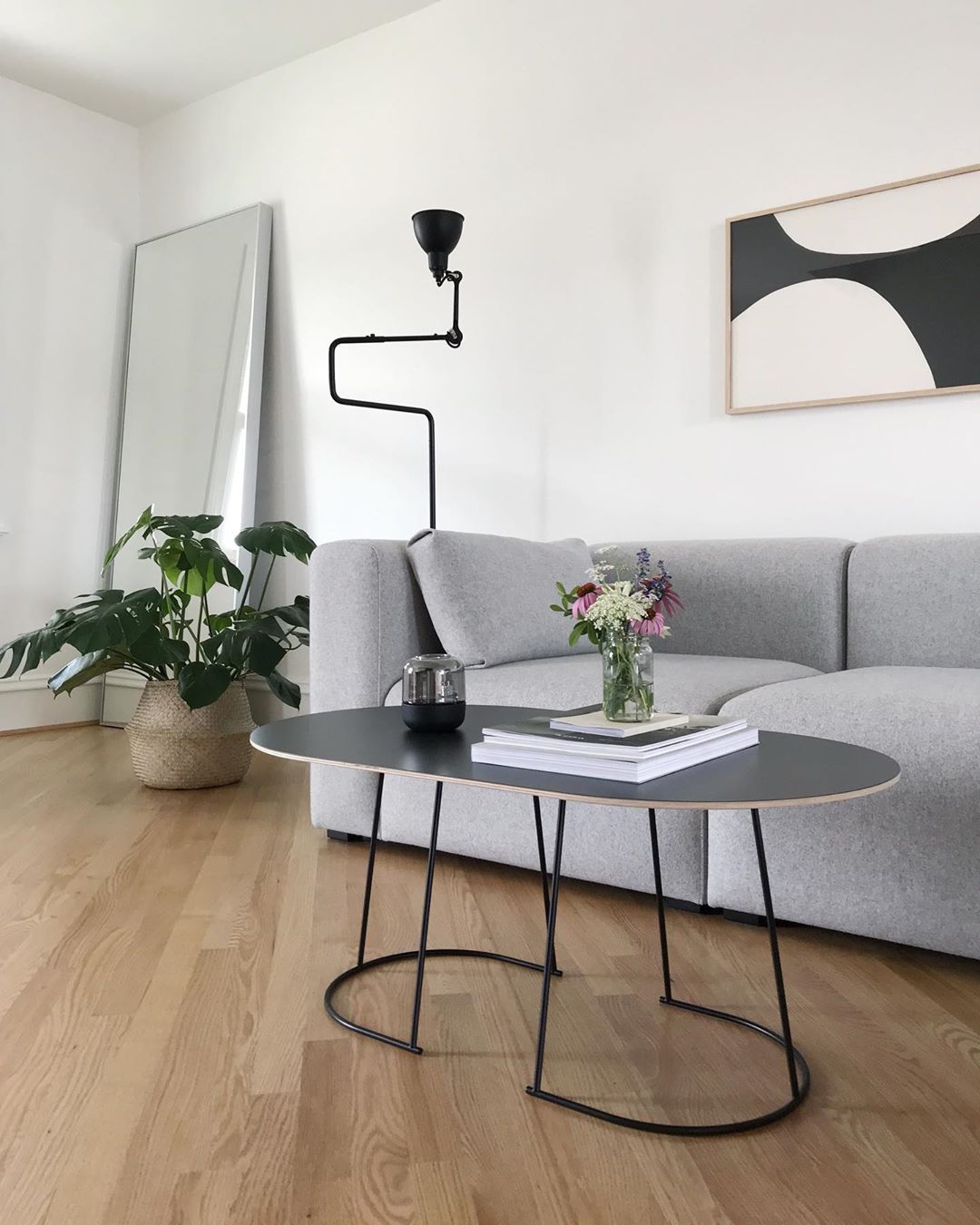

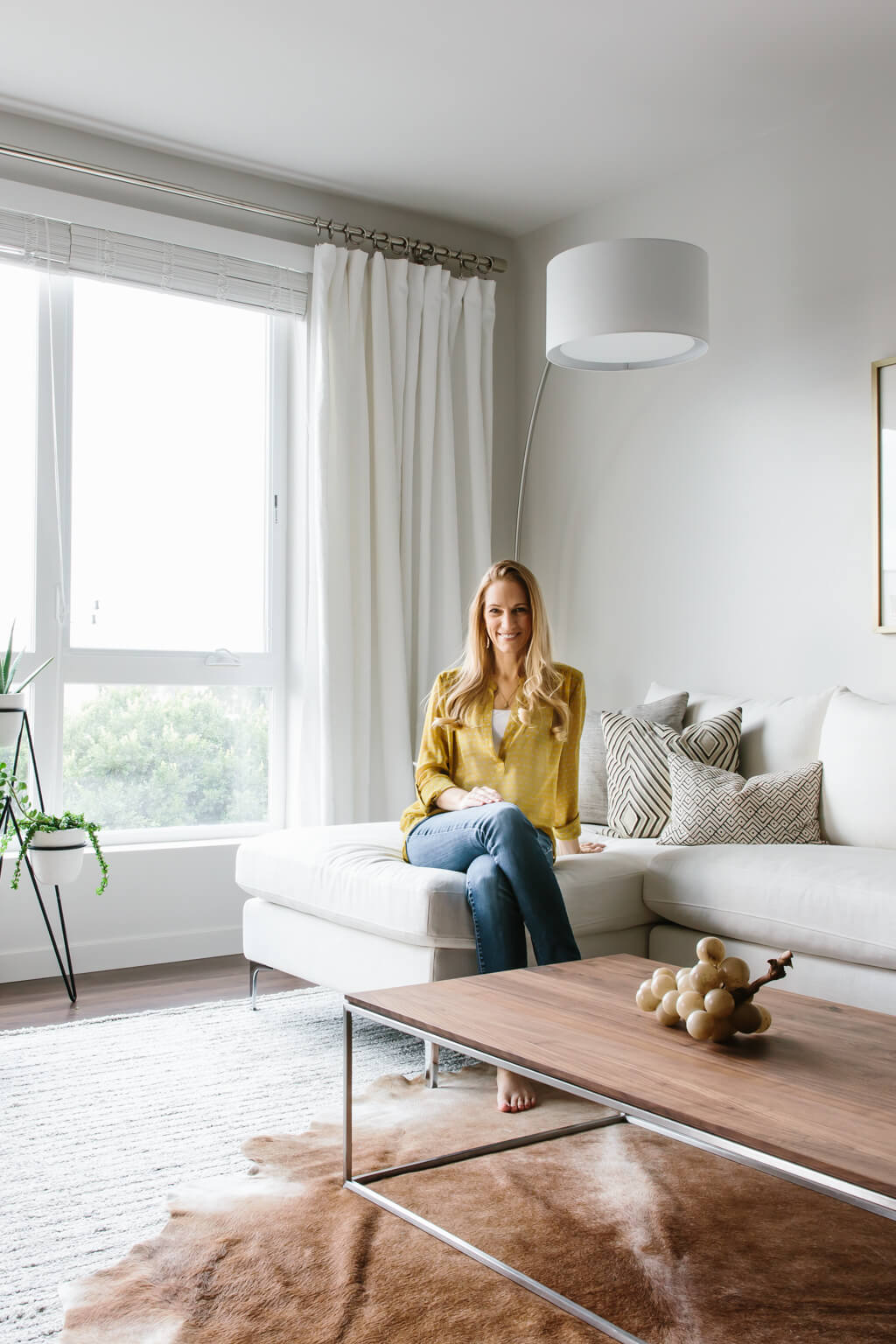
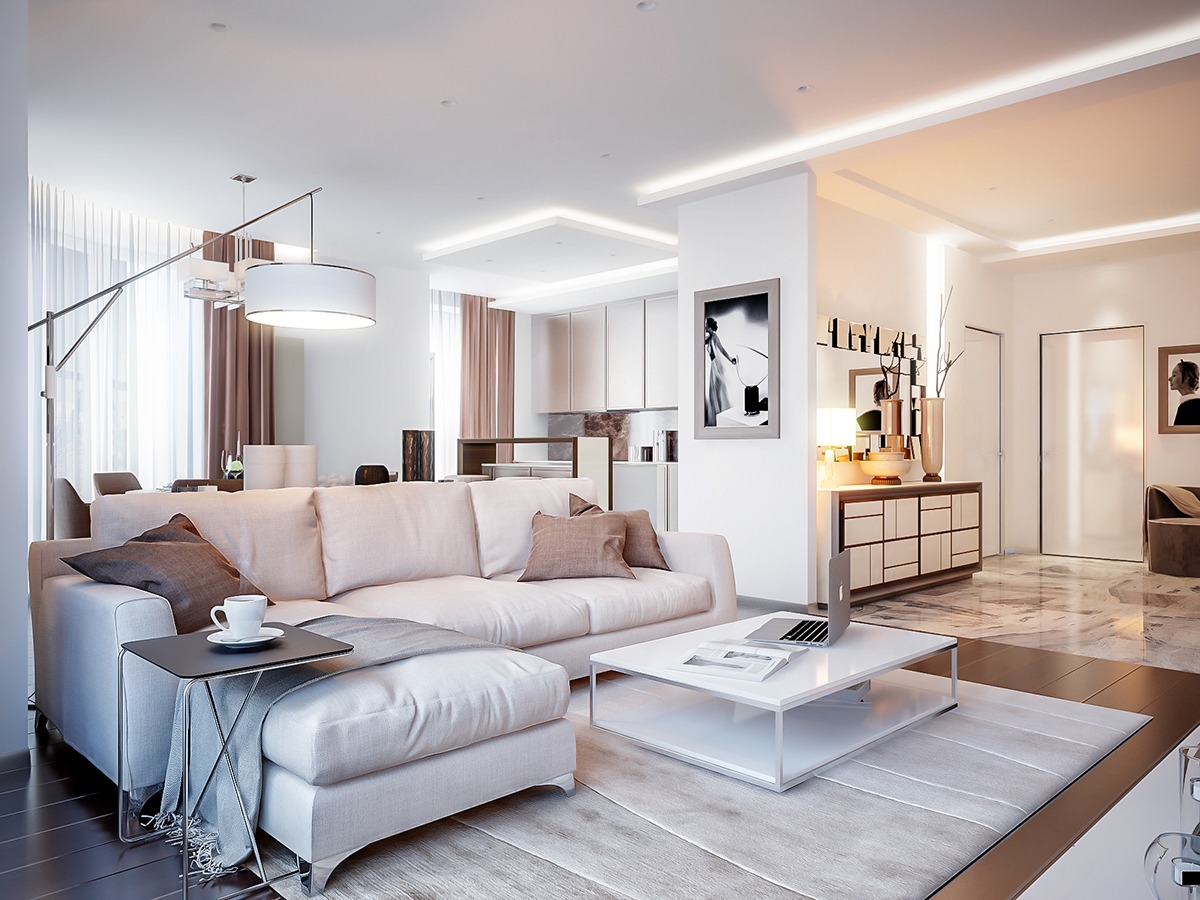
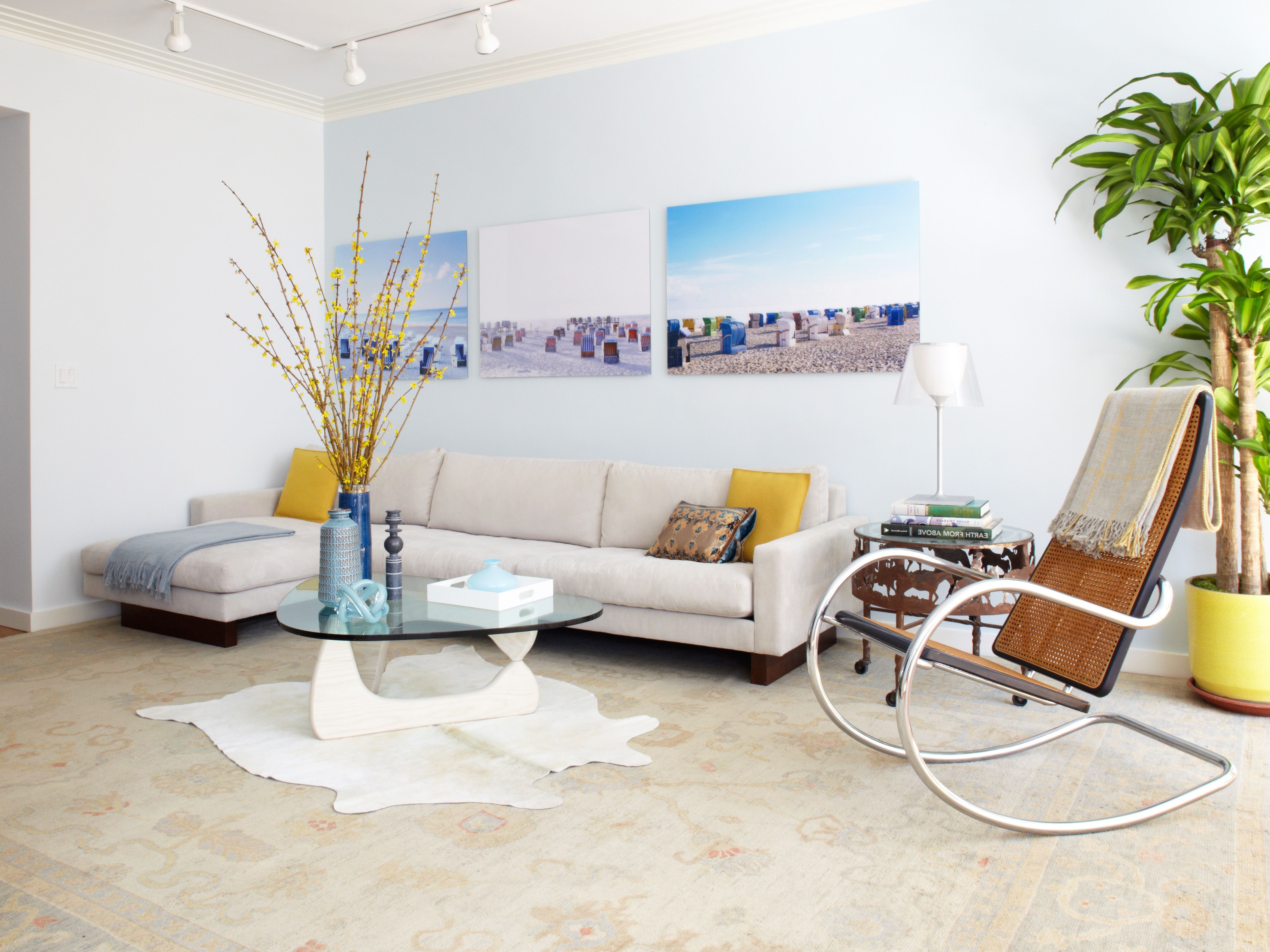

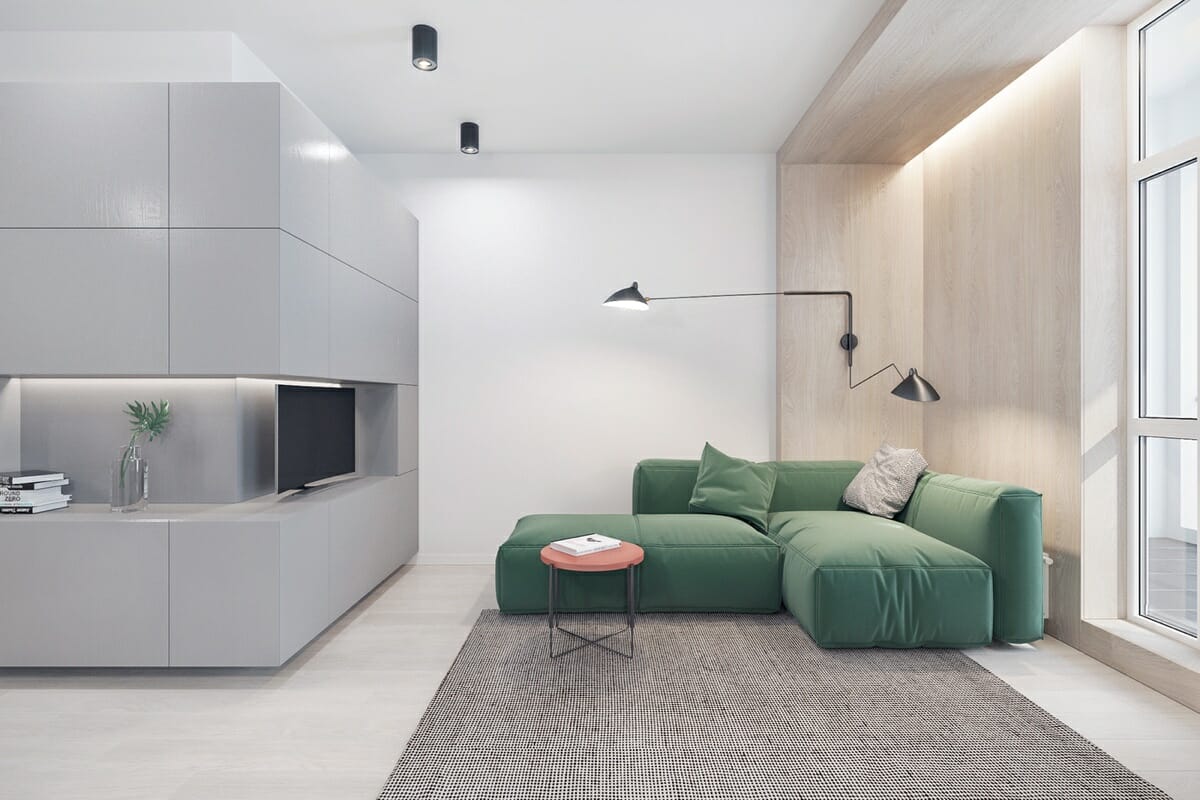
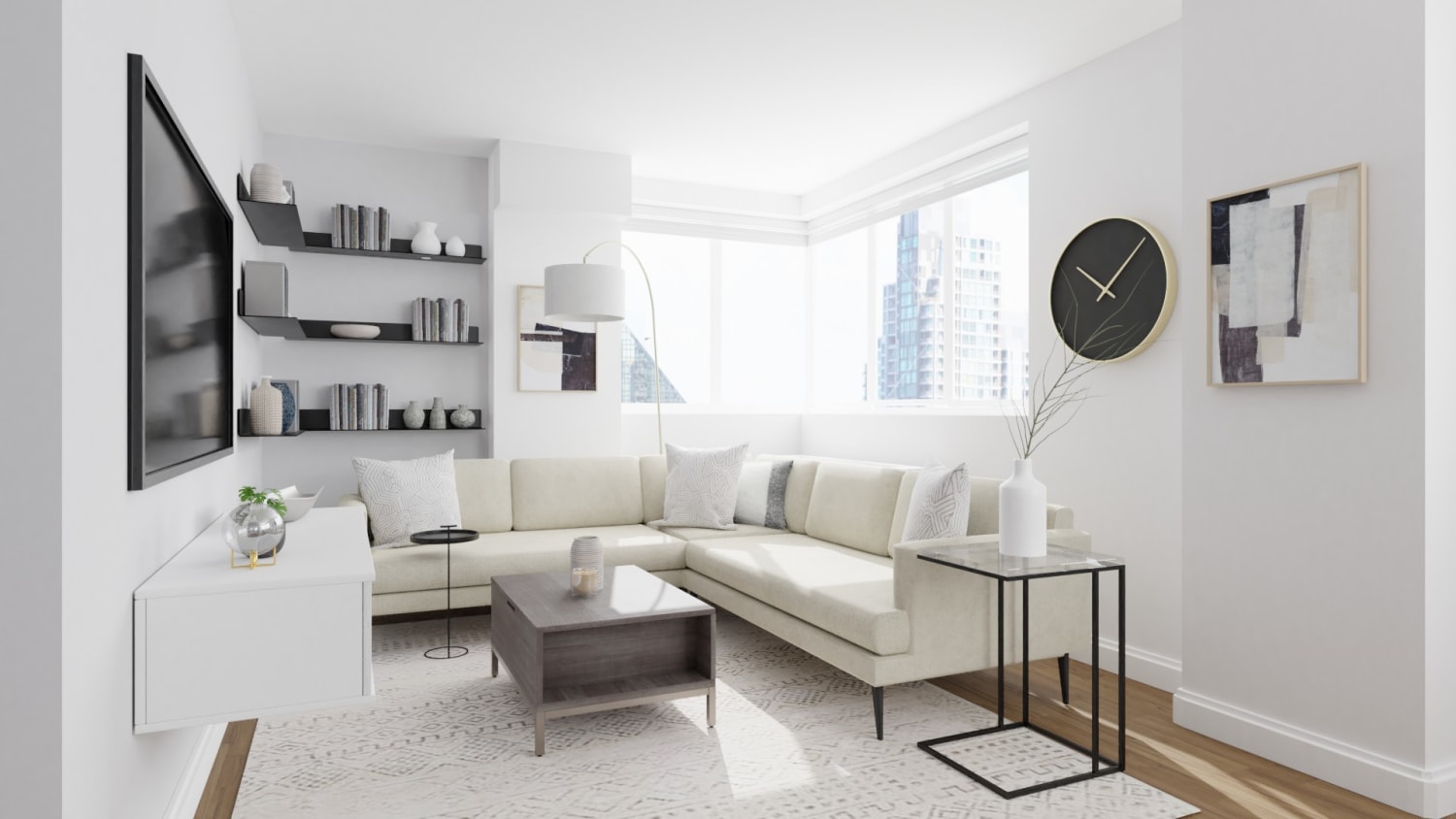


:max_bytes(150000):strip_icc()/SleeponLatex-b287d38f89374e4685ab0522b2fe1929.jpeg)

